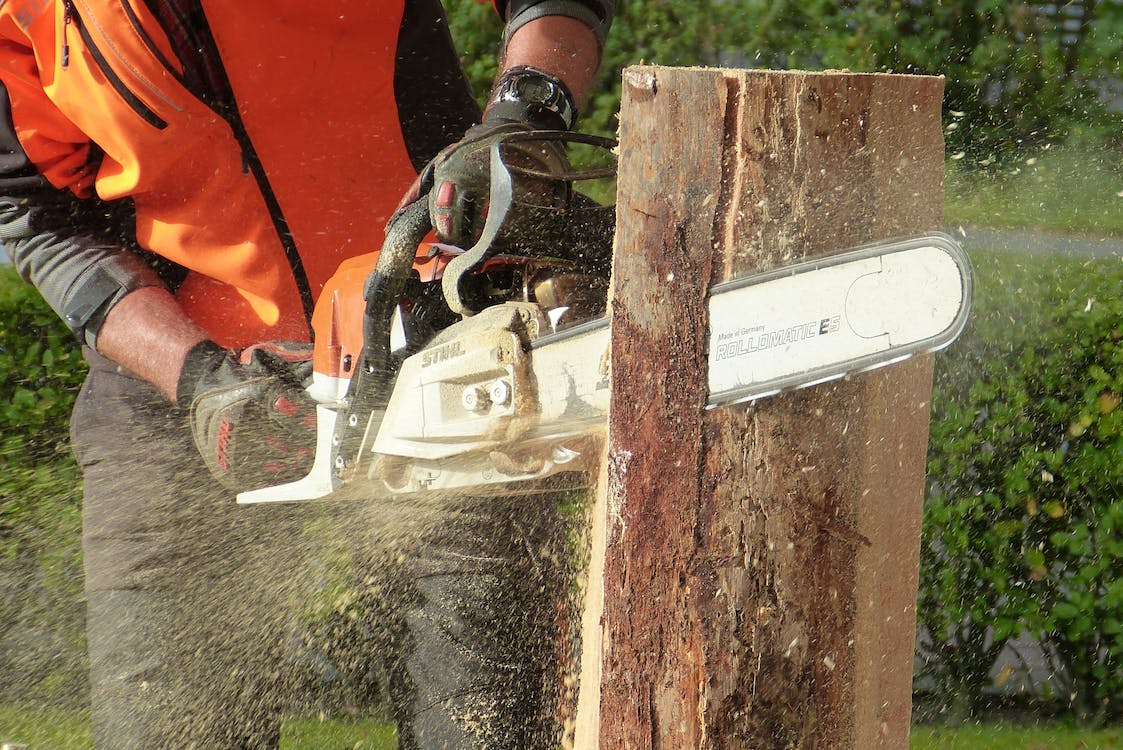In this era where the unexpected can become reality in an instant – be it natural disasters, personal crises, or global upheavals – understanding and developing a survival mindset is crucial. A survival mindset is a mental framework geared towards adaptability, resilience, and resourcefulness in the face of adversity. It involves a combination of awareness, preparedness, and the ability to make critical decisions under pressure. This mindset is not just about reacting to immediate threats; it’s about proactively preparing oneself mentally to handle various challenges. It includes the capacity to stay calm, think clearly, and act decisively when usual comforts and conveniences are stripped away. At its core, a survival mindset is about maintaining hope and a positive outlook, despite the odds.
Understanding the Challenges
Survival in adverse situations demands an appreciation of the challenges one might face. These challenges can vary widely in nature and scope, from environmental catastrophes to deeply personal crises. Understanding these challenges is the first step in developing a robust survival mindset.
Types of Adverse Situations
Adverse situations can be broadly categorized into two: natural disasters and personal crises. Natural disasters include events like earthquakes, floods, hurricanes, and wildfires. These situations often come with little warning and can cause widespread devastation, posing immediate physical dangers as well as long-term displacement and hardship.
Personal crises, on the other hand, are more individual in nature. They can include traumatic events such as the loss of a loved one, serious health diagnoses, job loss, or other significant life changes. While these may not always pose an immediate physical threat, they can be equally devastating in terms of emotional and psychological impact.
Psychological Impact of Stress and Uncertainty
The psychological impact of both types of adverse situations is profound. Stress and uncertainty can take a significant toll on mental health. In the face of a crisis, normal routines are disrupted, and the future becomes unpredictable, leading to feelings of anxiety and helplessness. Prolonged exposure to stress can lead to more serious mental health issues like depression, anxiety disorders, and post-traumatic stress disorder (PTSD).
The uncertainty inherent in these situations can also exacerbate the stress. Not knowing the full extent of a disaster, the timeline for recovery, or the long-term impacts on personal life can create a sense of being out of control, which is deeply unsettling for most people.
The Role of Fear and Panic
Fear and panic are natural responses to threatening situations. Fear serves as a survival mechanism, alerting us to danger and preparing our bodies to either face the threat or escape it. However, in modern complex crises, where the threats may not be as immediate or clear-cut as in our evolutionary past, fear can lead to panic. Panic is a state of overwhelming fear that can lead to irrational thinking and impulsive actions, which can be counterproductive and even dangerous in crisis situations.
Understanding how fear and panic manifest and how they can impact decision-making is crucial. Developing strategies to manage these emotions is an integral part of cultivating a survival mindset, enabling individuals to remain calm and make informed decisions even in the midst of chaos.
Developing a Survival Mindset
The key to navigating through adversity is not just in the physical preparation but significantly in cultivating a strong mental framework. Developing a survival mindset involves several core components, such as resilience, adaptability, and situational awareness, each playing a vital role in ensuring mental fortitude in the face of challenges.
Cultivating Resilience
Resilience is the ability to recover quickly from difficulties; it’s the mental toughness that allows individuals to bounce back from setbacks or trauma. In a survival context, resilience is crucial. It empowers individuals to withstand adverse conditions and to emerge stronger. This mental resilience is as important as physical strength, providing the endurance to cope with stress and hardship.
Strategies for Building Resilience
Building resilience is a proactive process. It involves developing a positive outlook, practicing stress management techniques, and establishing a strong support network. Strategies can include mindfulness practices, regular physical exercise, and learning from past experiences. Keeping a journal, engaging in reflective practices, and setting realistic goals are also effective in strengthening resilience.
Importance of Adaptability
Embracing Change
Adaptability is the ability to adjust to new conditions. In adverse situations, conditions can change rapidly and unpredictably. Embracing change means being open to new ways of thinking and acting. It requires a willingness to let go of old patterns and to approach new challenges with a problem-solving mindset.
Learning to be Flexible
Flexibility is a key aspect of adaptability. It involves being able to modify plans or strategies in response to changing circumstances. This could mean adjusting goals, adopting new methods, or even changing one’s perspective on a situation. Learning to be flexible helps in navigating through uncertainty and finding creative solutions to problems.
Developing Situational Awareness
Understanding Surroundings
Situational awareness is the ability to perceive and understand what is happening in the environment around you. It involves being observant and mindful of potential risks and opportunities. In survival situations, this means being aware of physical surroundings, understanding the resources available, and recognizing potential threats.
Anticipating Challenges
Beyond just understanding the current environment, situational awareness also involves anticipating future challenges. This means thinking ahead, planning for various scenarios, and being prepared for different outcomes. Anticipating challenges can help in making proactive decisions and in staying one step ahead of evolving situations.
Practical Skills and Knowledge
Developing a survival mindset is not only about mental preparedness; it’s also about acquiring practical skills and knowledge. These skills can make a significant difference in a variety of adverse situations, whether in the wilderness or in urban crises.
Basic Survival Skills
Knowing basic first aid is essential. This includes skills like how to treat wounds, manage fractures, and perform CPR. These skills can be life-saving in emergency situations where medical help is not immediately available.
Another critical skill is the ability to find or create shelter. In extreme weather conditions or in situations where you’re stranded, knowing how to protect yourself from the elements is crucial. This could involve building a shelter from natural materials, identifying safe buildings in urban environments, or using survival gear effectively.
Leveraging Resources and Support Systems
In a survival situation, efficiently using available resources can make a significant difference. This involves being creative and resourceful with what’s on hand, whether it’s using everyday items for first aid or finding food and water in the wilderness.
No one survives in isolation. Building a network of support systems – be it family, friends, community groups, or professional organizations – is crucial. These networks can provide emotional support, share knowledge and resources, and offer assistance during tough times.
Mental Exercises and Techniques
Developing a survival mindset also involves regular mental exercises and techniques to enhance emotional and psychological resilience. These practices are essential for managing stress, maintaining a positive outlook, and improving problem-solving skills in crisis situations.
Stress Management Techniques
One of the most effective stress management techniques is deep breathing. It helps in calming the nervous system and reducing the physical symptoms of stress. Practices like diaphragmatic breathing, where you breathe deeply into the belly rather than shallowly into the chest, can be particularly effective.
Mindfulness involves staying present and fully engaging with the here and now. It helps in reducing anxiety and improving mental clarity. Techniques include meditation, mindful walking, or simply practicing awareness in daily activities. Regular mindfulness practice can significantly improve one’s ability to remain calm and focused in stressful situations.
Visualization and Positive Thinking
Visualization is a powerful tool for building a survival mindset. It involves mentally rehearsing scenarios and envisioning successful outcomes. This technique can help in preparing the mind for different challenges, reducing fear and anxiety associated with unknown situations.
Maintaining a positive outlook is crucial in survival situations. Positive thinking helps in fostering hope and resilience. Techniques to enhance positive thinking include affirmations, focusing on positive aspects of life, and practicing gratitude. It’s about training the mind to look for solutions and possibilities rather than dwelling on obstacles.
Scenario Planning and Problem Solving
This involves thinking through potential adverse situations and planning how to handle them. Scenario planning can help in identifying resources, potential challenges, and effective strategies for various situations. It’s a way of mentally preparing for the unexpected.
Developing strong problem-solving skills is crucial. This includes learning how to break down complex problems into manageable parts, thinking creatively to find solutions, and making decisions under pressure. Exercises like brain teasers, strategy games, and participation in simulation exercises can sharpen these skills.
Final Words
Developing a survival mindset is an indispensable part of preparing for and thriving in adverse situations. This mindset is a blend of mental preparedness, practical skills, and emotional resilience. It involves understanding the challenges one might face, from natural disasters to personal crises, and recognizing the psychological impacts of stress, uncertainty, fear, and panic.
The journey to develop a survival mindset is ongoing and dynamic. It demands dedication, practice, and a willingness to learn and adapt. Remember, survival is not just about enduring adverse conditions; it’s about emerging from them with a renewed sense of strength and resilience. By embracing these principles and techniques, you can equip yourself not only to survive but to thrive in the face of any challenge life throws your way.





